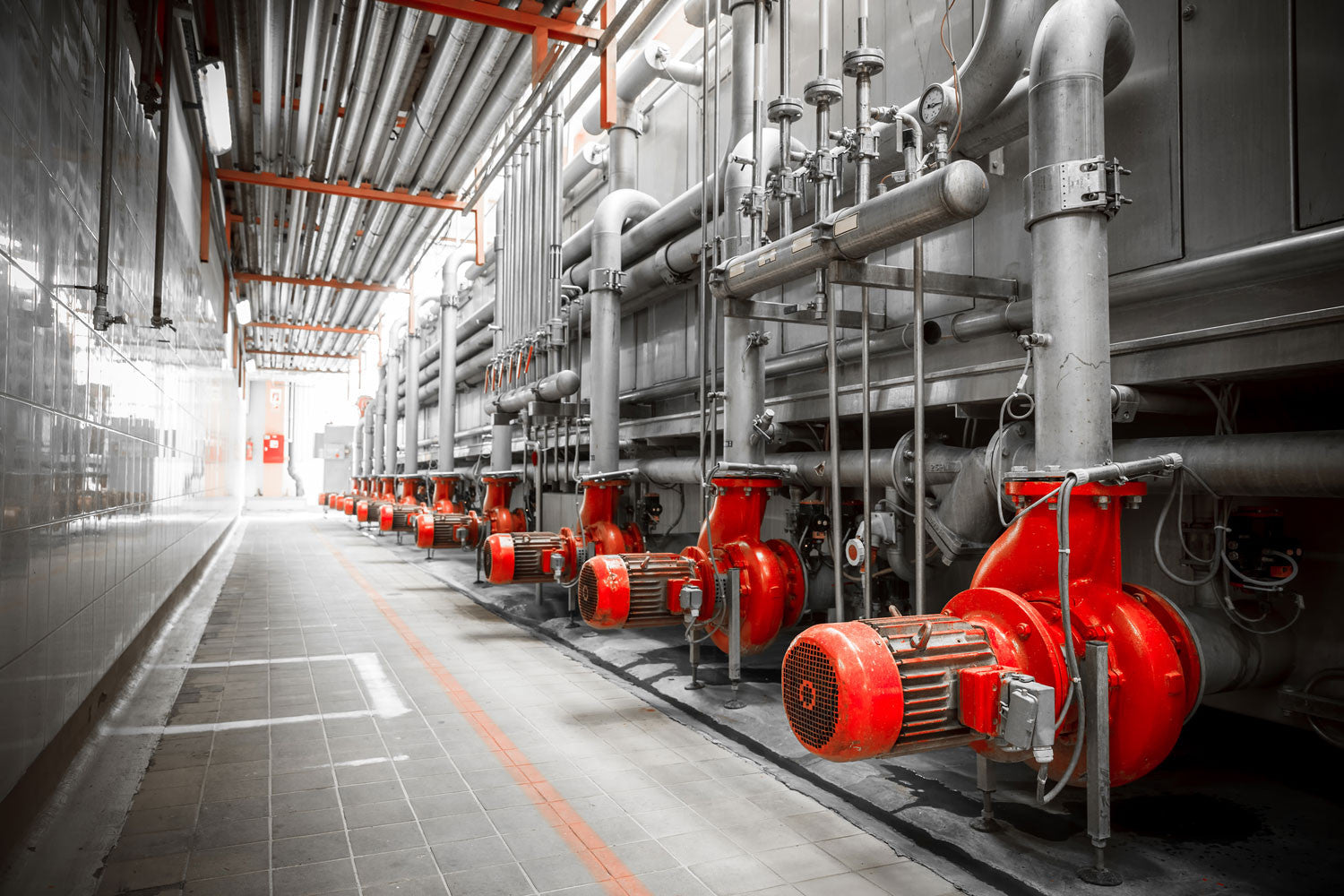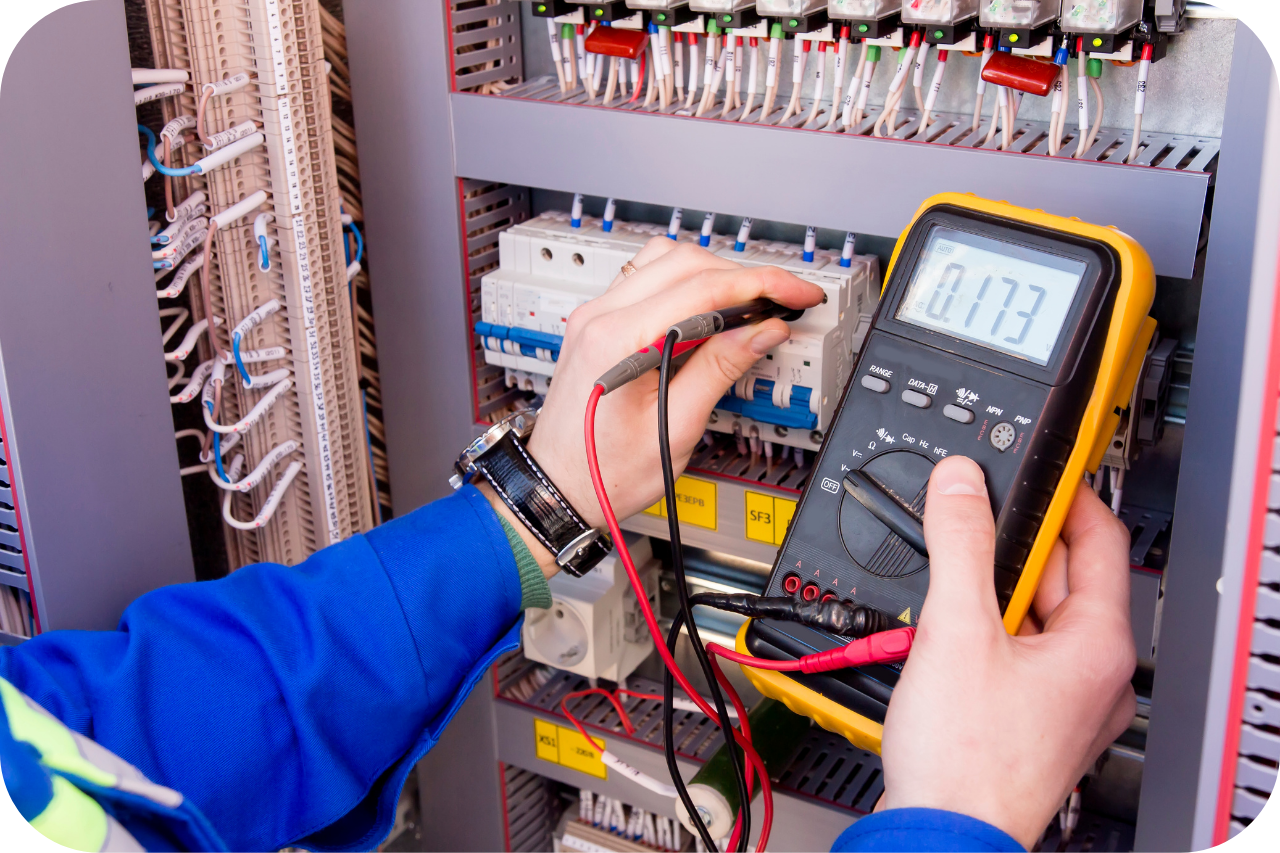Examine This Report on Roar Solutions
Examine This Report on Roar Solutions
Blog Article
The Best Guide To Roar Solutions
Table of ContentsRoar Solutions Things To Know Before You Get ThisWhat Does Roar Solutions Mean?7 Simple Techniques For Roar Solutions
In order to protect installments from a prospective explosion an approach of analysing and identifying a possibly hazardous location is required. The objective of this is to guarantee the correct option and installation of tools to ultimately prevent an explosion and to make sure safety of life.
(https://dzone.com/users/5292804/roarsolutions.html)
No devices must be mounted where the surface area temperature level of the tools is higher than the ignition temperature of the given risk. Below are some common dust hazardous and their minimum ignition temperature. Coal Dust 380C 225C Polythene 420C (melts) Methyl Cellulose 420C 320C Starch 460C 435C Flour 490C 340C Sugar 490C 460C Grain Dust 510C 300C Phenolic Resin 530C > 450C Aluminium 590C > 450C PVC 700C > 450C Residue 810C 570C The chance of the threat being present in a focus high adequate to create an ignition will certainly differ from place to place.
In order to categorize this risk a setup is divided right into locations of danger depending upon the amount of time the hazardous is existing. These locations are referred to as Areas. For gases and vapours and dirts and fibres there are three areas. Area 0 Area 20 A harmful environment is very likely to be present and may exist for extended periods of time (> 1000 hours each year) or even continuously Area 1 Area 21 A dangerous atmosphere is feasible however unlikely to be existing for extended periods of time (> 10 450 C [842 F] A category of T6 indicates the minimum ignition temperature level is > 85 C [185 F] Harmful location electrical devices perhaps made for usage in higher ambient temperature levels. This would indicated on the ranking plate e.g. EExe II C T3 Ta + 60C( This implies at 60C ambient T3 will certainly not be surpassed) T1 T1, T2, T3, T4, T5, T6 T2 T2, T3, T4, T5, T6 T3 T3, T4, T5, T6 T4 T4, T5, T6 T5 T5, T6 T6 T6 A T Course score of T1 means the optimum surface temperature level generated by the tool at 40 C is 450 C. Assuming the linked T Class and Temperature level rating for the tools are suitable for the location, you can always utilize a tool with an extra rigid Division score than needed for the location. There isn't a clear solution to this question. It actually does depend on the type of devices and what repairs need to be executed. Equipment with certain examination procedures that can't be executed in the field in order to achieve/maintain third event ranking. Should return to the manufacturing facility if it is prior to the equipment's solution. Area Fixing By Authorised Personnel: Challenging screening may not be required nevertheless details procedures may need to be complied with in order for the tools to keep its 3rd party score. Authorized employees must be employed to carry out the work appropriately Fixing have to be a like for like replacement. New part have to be thought about as a straight substitute needing no unique screening of the tools after the fixing is complete. Each piece of equipment with a dangerous score ought to be examined separately. These are detailed at a high level below, but also for more comprehensive info, please refer directly to the standards.
Unknown Facts About Roar Solutions
The tools register is a thorough data source of devices records that consists of a minimum collection of fields to identify each thing's place, technical parameters, Ex-spouse classification, age, and environmental information. The ratio of read this post here Detailed to Shut assessments will be determined by the Tools Risk, which is assessed based on ignition risk (the likelihood of a source of ignition versus the chance of a flammable atmosphere )and the unsafe area category
( Zone 0, 1, or 2). Applying a robust Risk-Based Examination( RBI )method is important for guaranteeing conformity and security in taking care of Electrical Tools in Hazardous Areas( EEHA).
The Best Strategy To Use For Roar Solutions

In regards to explosive danger, a harmful area is a setting in which an eruptive atmosphere exists (or might be anticipated to be present) in amounts that require unique safety measures for the construction, installment and use of tools. eeha. In this article we discover the challenges encountered in the workplace, the threat control steps, and the required expertises to work securely
It issues of contemporary life that we make, keep or take care of a variety of gases or fluids that are deemed flammable, and a series of dusts that are considered flammable. These substances can, in specific problems, create explosive environments and these can have significant and awful effects. Most of us recognize with the fire triangular get rid of any one of the 3 components and the fire can not occur, but what does this mean in the context of dangerous areas? When damaging this down into its easiest terms it is essentially: a mix of a certain quantity of launch or leakage of a particular material or material, blending with ambient oxygen, and the presence of a resource of ignition.
In the majority of circumstances, we can do little concerning the degrees of oxygen airborne, however we can have considerable impact on sources of ignition, for instance electrical devices. Dangerous areas are documented on the hazardous area classification illustration and are recognized on-site by the triangular "EX LOVER" indicator. Below, among other key information, zones are divided right into 3 types depending upon the risk, the probability and duration that an explosive atmosphere will certainly exist; Area 0 or 20 is considered the most dangerous and Zone 2 or 22 is deemed the least.
Report this page